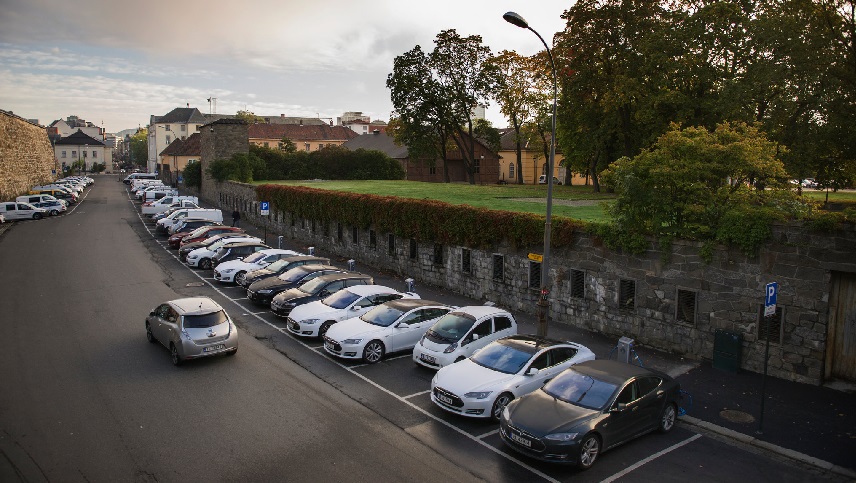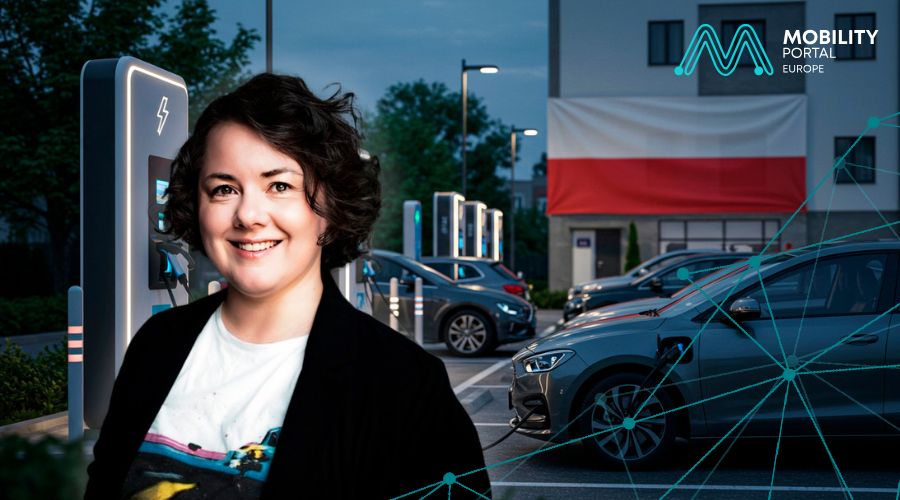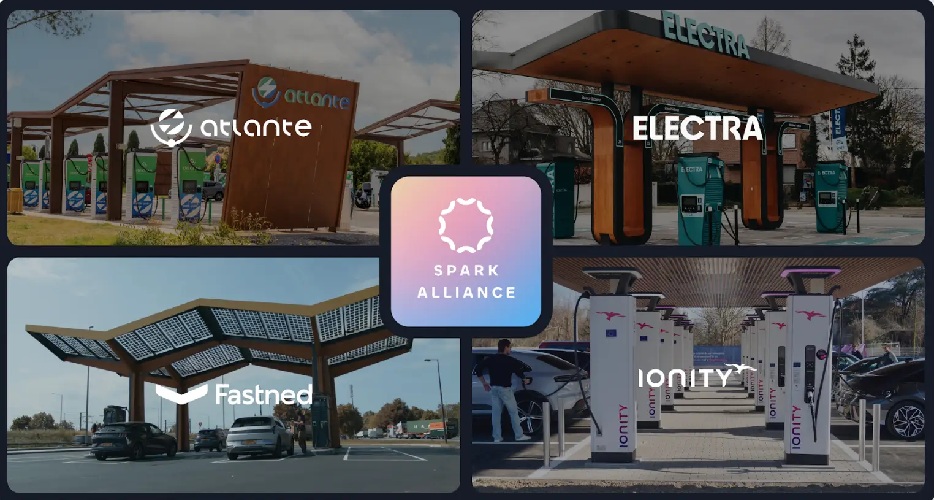In April, 10,942 new electric cars were registered in Norway, around 900 more units than in April 2024.
The means that 97% of all new registrations were electric vehicles (EVs), according to the road information authority (OFV).
The new e-cars in April are 250 fewer new registrations than in March 2025, a nearly constant level.
The difference is that there was a small ‘hybrid (PHEV) high’ in March, with a total of 13,304 new units registered, making for an electric car market share of 84.1%.
In April 2025, on the other hand, 11,286 new cars were registered across all drive types.
This means that 97% of all new cars are purely electric, and April once again significantly exceeded the previous annual average of 92.3%.
After the first four months, the the road information authority registered 42,882 new vehicles in the Norwegian statistics – 28% more than in the same period last year.
The growth of the overall market was therefore driven by electric cars (apart from the aforementioned ‘hybrid high’ at Toyota).
However, this ‘hybrid high’ also had a political background: on 1 April, a tax change came into force that made PHEVs significantly more expensive, which led to over 1,200 new registrations of plug-in hybrids in March.
In April, with the new tax rate, there were only 56 new PHEVs.
Øyvind Solberg Thorsen, OFV Director, says: “This clearly shows how the government’s tax policy is affecting car sales.”
The OFV data also show that companies and industry are increasingly focussing on EVS when purchasing new company cars.
This also means that only 344 non-electric cars were newly registered in April – we have already mentioned the 56 plug-in hybrids.
In addition, there are 98 full hybrids, 25 petrol cars (with a 0.2 per cent market share) and 165 new diesels with a 1.5 per cent market share (after 3.2 per cent in April 2024).
Fuel cell cars are not very widespread in Norway and are not listed separately in the OFV’s new registration statistics
Best-selling models
In view of these figures, it is obvious that the model statistics are dominated by electric cars.
So far, however, individual hybrid models (especially from Toyota) have repeatedly made it into the top ten.
According to the OFV, all car models in the top 30 list were purely electric for the first time in April.
A non-electric car only appeared in 39th place.
“We’ve never seen us have to go so far down the list of new car sales before something other than electric cars appears,” confirms Solberg Thorsen.
With the start of European deliveries of the Juniper facelift, the best-selling model was the Tesla Model Y with 869 new registrations and a market share of 7.7%.
It was followed by the VD ID.4 (724) and the Toyota bZ4X (697), two other models that have been in demand in Norway for months.
However, the electric Toyota only just made it onto the podium: with 696 new registrations, the OFV registered just one vehicle less of the VW ID.7.
The ID.3 also did well with 620 new registrations.
Behind them, the gap is somewhat wider: the Nissan Ariya (423), Skoda Enyaq (356), Volvo EX30 (343), BMW iX1 (293) and Ford Explorer (291) complete the top ten.
However, it should be noted that the Enyaq is currently undergoing a model change to a facelift, which may have a short-term impact on new registrations.
The best-selling electric car from a Chinese brand in April was the Xpeng G6 with 185 new registrations. According to the OFV report, Chinese manufacturers have achieved a total market share of around twelve per cent in the current year.
The Model Y is also ahead for the year, with 3,656 new registrations – still in first place, but 31.4 per cent less than in 2024.
“This could be a sign that many people now consider other brands to be just as interesting and have just as much to offer in roughly the same price segment,” says Solberg Thorsen.
In the period from January to April, however, the Toyota bZ4X followed in second place with 2,984 vehicles, ahead of the ID.4 (2,617).
READ MORE
-
Can a “super ministry” accelerate electric mobility in Poland?
While registrations of zero-emission vehicles are breaking records in the country, industry leaders warn of the political challenges accompanying the progress of eMobility: “New regulations should be prepared at the beginning of autumn.” Could a state restructuring be the answer?
-
Spark Alliance: the largest and most trusted charging network is now live
Created by 4 of Europe’s leading CPOs, the Spark Alliance is setting the bar for what EV charging should be: fast, seamless, and flawlessly connected. What does it consist of?
-
Europe has 1,100 public E-Truck chargers but distribution remains uneven
In a new white paper, Milence delivers a clear, data-driven answer: while today’s infrastructure can support the current fleet, rapid and strategic expansion is essential to enable widespread adoption by 2030. How can this trend be accelerated?










